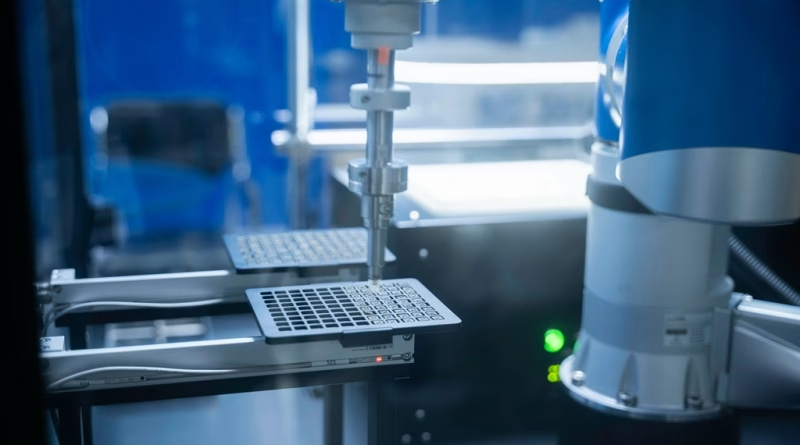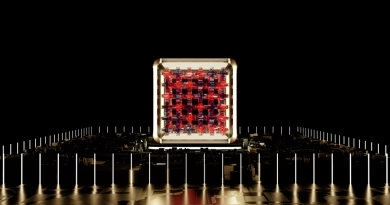How 3D Printing Is Changing Organ Transplants
A decade ago, 3D printing in medicine meant creating prosthetics or dental implants. In 2025, it’s something far more extraordinary: creating human tissues, blood vessels—and yes, parts of organs—from living cells.
As the global organ shortage continues, 3D bioprinting is emerging as a breakthrough solution. But how close are we to printed hearts and kidneys? What’s real, and what’s still experimental?
Let’s take a look.
🧫 What Bioprinting Has Already Achieved (as of 2025)
✅ 1. Skin and Cartilage: Clinical-Ready
Today, bioengineered skin for burn victims and ear cartilage reconstruction are real-world applications. 3D printers using bioinks—gels infused with living cells—can create layered skin ready for grafting.
In some trauma centers and battlefield hospitals, mobile bioprinters are now used for on-site skin printing directly onto wounds.
✅ 2. Blood Vessels: Successfully Printed in Lab
Creating complex tissues like blood vessels has been one of the biggest wins in recent years. In 2025, researchers have printed small, functional vascular structures that successfully integrate with animal tissue in preclinical trials.
This is crucial. Without proper blood flow, large organs die fast. Vascularization is the gateway to printing whole organs.
✅ 3. Heart Tissue & Mini-Organs (Organoids)
Bioengineers have printed patches of beating heart tissue, which are now being used in experimental therapies to repair damaged cardiac muscle after heart attacks.
Meanwhile, organoids—tiny, simplified versions of organs like livers and kidneys—are being printed and used for drug testing and disease modeling.
⛔ What’s Still Experimental
❌ 1. Fully Functional Organs
We haven’t yet printed a full-sized, transplantable human heart or kidney. The challenges?
- Organ complexity (millions of cells, multiple cell types, integrated blood flow)
- Immune compatibility
- Long-term viability post-implant
Efforts are underway, and preclinical pig-to-human trials are expected by 2026–2027. But FDA-approved human implants? Not before 2030, realistically.
❌ 2. Brain and Lung Tissues
Because of their complexity and fragility, brain and lung tissues are still mostly in the research phase. The neural wiring and alveolar structure are incredibly hard to replicate—even with cutting-edge bioprinters.
🧠 Who’s Leading the Charge?
- United Therapeutics: Working on printed lung tissue for transplant
- 3DBio Therapeutics: Behind the first human ear implant made from printed cartilage
- Organovo: Specializing in 3D-printed liver tissue
- Harvard/Wyss Institute: Pioneers in vascularized tissue engineering
Academic and private labs are forming joint ventures with hospitals to bring bioprinting closer to the clinical front lines.
🔭 What’s Ahead?
| Year | Milestone |
|---|---|
| 2025 | Skin, cartilage, heart patches in clinical trials |
| 2026 | Printed blood vessels in animal transplant tests |
| 2027 | Preclinical trials for kidney scaffolds |
| 2030 | Possible first FDA-approved printed organ (limited use) |
| 2035 | Wider availability for transplant-eligible tissues |
❤️ The Ethical Advantage
3D bioprinting doesn’t just reduce waitlists—it could eliminate organ trafficking, reduce transplant rejection, and enable custom organs based on a patient’s own cells.
In the long run, it may democratize transplant access globally—turning what’s now a lottery into a scalable solution.
🧭 Final Thought: From Spare Parts to Living Systems
Bioprinting in 2025 isn’t printing a liver at the push of a button—but it is real, clinical, and growing faster than many expected. We’re no longer asking if we can print organs—but when, and for whom.
The age of regenerative medicine isn’t science fiction anymore. It’s bio-inked, vascularized, and just getting started.




